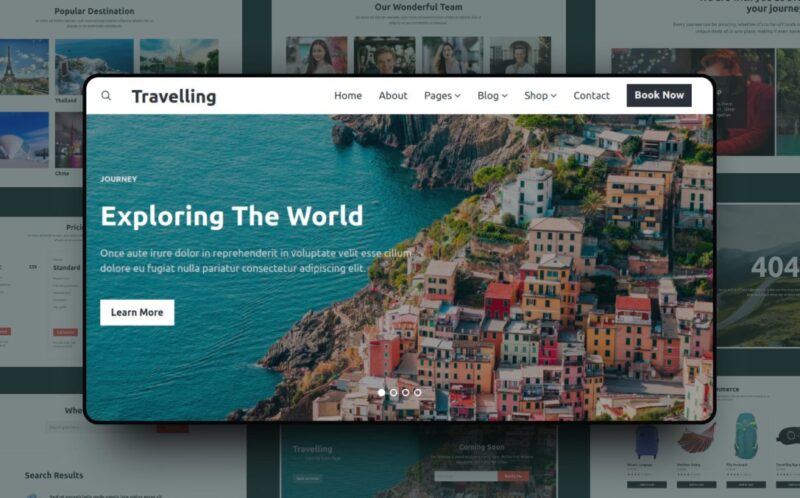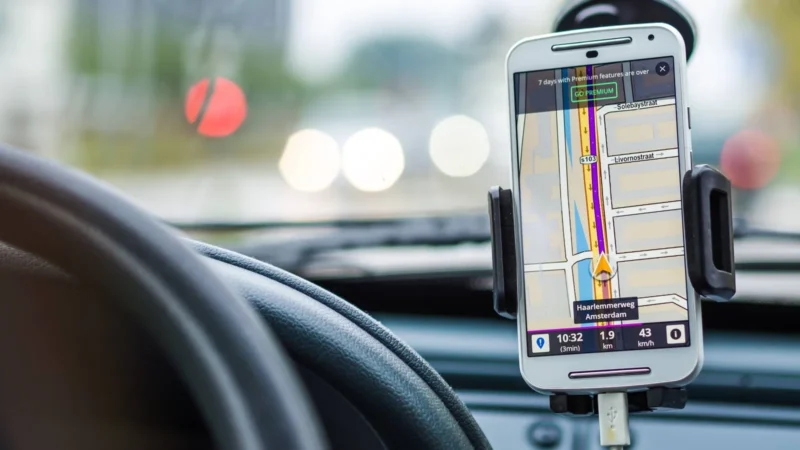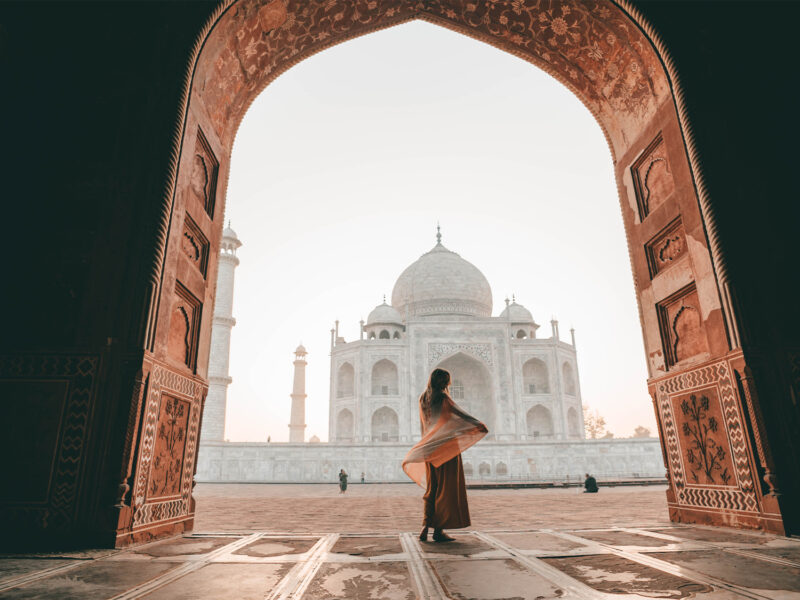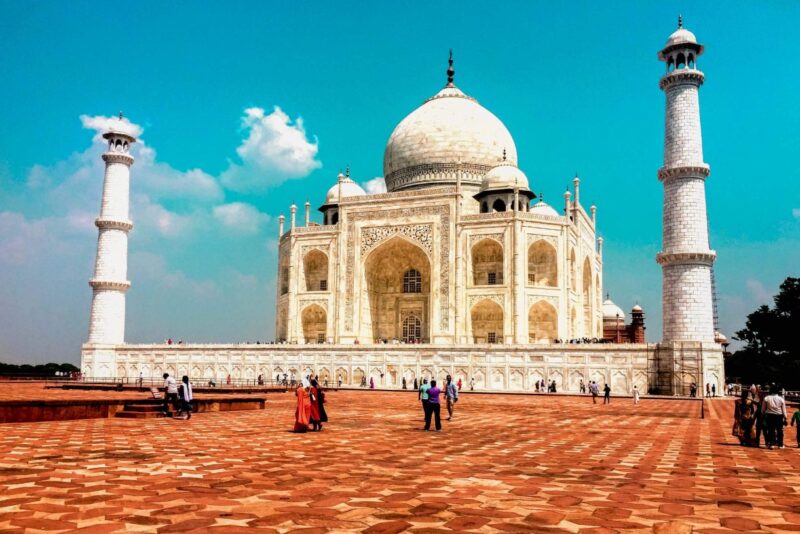Planning your first journey to India can feel overwhelming. Did you know that nearly 17 million international tourists visit India every year?
It’s no wonder—it’s a country of vibrant culture, breathtaking landscapes, and endless diversity. But with so much to explore, where do you start finding reliable advice?
Key Points
- Look for sources tailored to first-timers.
- Rely on experienced travelers and well-reviewed websites.
- Verify facts with multiple sources.
- Avoid misinformation by using advanced tools like AI checkers.
- Use local insights for authentic advice.
Start with Credible Tools to Avoid Misinformation
The internet is a double-edged sword when it comes to finding advice. It offers vast resources, but not all sources are reliable. To separate the useful content from the plagiarised, use a tool like AI checker. It can help verify the reliability of online material. This ensures you’re not basing decisions on outdated or inaccurate details, which is especially important for a destination as diverse and layered as India.
For example, you may find conflicting opinions about the best way to navigate Indian trains. By using AI-powered tools to validate facts, you can ensure you’re getting accurate advice. With this step, you can save both time and frustration, especially as a first-timer.
Explore Websites Designed for First-Time Travelers

Websites that cater to beginners are often the most helpful. These sites focus on providing clear, concise, and relevant details. They’re not overloaded with niche tips that only seasoned travelers might need. Instead, they guide you on essentials such as visa requirements, regional weather patterns, and how to prepare for cultural differences.
Some good options are travel forums. Platforms like TripAdvisor and Lonely Planet’s Thorn Tree offer advice tailored to travelers’ needs. Beginners often ask questions and share their challenges, which gives you insights on what to expect and how to deal with common issues.
Why Travel Blogs by Seasoned Explorers Are Your Best Bet
A travel blog written by someone with firsthand experience in India is often more insightful than a generic websites. Such blogs not only explain the logistics but also prepare you for the cultural intricacies. They also share stories that help you imagine what to expect and prepare for the unexpected.
Look for blogs that include personal anecdotes. For example, a blogger might explain how they navigated the chaos of Delhi markets or handled a long train ride through Rajasthan. These stories can prepare you for the nuances that don’t make it into guidebooks.
Local Advice Can Be a Game-Changer for First-Time Visitors
No one knows the lay of the land better than the locals. Their insights can often save you from making rookie mistakes. For instance, if you’re not sure which street food is safe to try or how to get the best price on a rickshaw ride, locals can offer guidance you won’t find online.
Instead of relying entirely on apps or maps, consider asking hotel staff or shopkeepers for recommendations. You’re likely to discover hidden gems or better ways to experience a popular attraction. Plus, locals are often more than happy to help, which adds a layer of human connection to your trip.
Social Media ─ A Source of Inspiration and Practical Advice

Social media platforms like Instagram and YouTube are filled with colorful images and video guides, but not all of it is practical. While influencers often highlight the aesthetic side of travel, their advice may not always be grounded in reality.
Use social media as a source of inspiration rather than your sole guide. For example, if you see a post about a serene hill station in Himachal Pradesh, research further to see if the location is beginner-friendly and accessible. Cross-referencing flashy posts with blogs and forums can give you a fuller picture of what to expect.
Why Combining Guidebooks with Online Resources Works Best
Guidebooks are an old-school tool, but they remain relevant for travel planning. They offer structured information, often organized by region, which makes it easier to plan your trip step-by-step. However, they may lack up-to-date advice on things like transportation schedules or new tourist policies.
Pair your guidebook with current online resources to stay informed. For example, use a guidebook to map out your itinerary and supplement it with apps to check train schedules or local events. Combining these resources ensures you have both a structured plan and real-time flexibility.
Mastering India’s Unique Cultural Landscape
India’s culture is as diverse as its geography. What works in one part of the country may not apply to another. Learning the basics of etiquette and cultural norms will save you from unnecessary awkwardness. For example, removing your shoes before entering temples is non-negotiable, as is dressing modestly in many regions.
Politeness goes a long way. A few Hindi phrases such as “Namaste” (hello) or “Shukriya” (thank you) can break the ice and make your interactions smoother. Respect local traditions, and you’ll find people more welcoming and eager to assist.
Must-Have Apps for Navigating India

Apps have transformed how we explore new destinations. India’s sheer scale can feel overwhelming at times, but the right apps can help simplify things. Before you leave, download tools that help with navigation, food recommendations, and transportation.
- Google Maps ─ Reliable for finding routes.
- Uber/Ola ─ Essential for safe and cost-effective rides in cities.
- RailYatri ─ Ideal for checking train schedules.
- Zomato ─ Helpful for restaurant reviews and food delivery.
Apps like these are particularly useful in large urban centers like Mumbai and Delhi, where logistics can otherwise become a headache.
Recognizing and Avoiding Common Scams
Scams are an unfortunate reality in many tourist destinations, and India is no exception. However, a little awareness goes a long way in helping you avoid them. For example, some taxi drivers might claim your hotel is closed and then steer you toward a more expensive option where they get a commission.
Here are a few ways to stay safe:
- Always confirm your hotel bookings in advance.
- Use apps like Uber or Ola instead of hailing cabs.
- Politely but firmly say no to overly persistent street vendors or guides.
Your best defense is to remain calm and aware. Staying polite and firm often diffuses tense situations.
Plan Your Budget to Get the Most Out of Your Trip

India is a destination where you can stretch your budget without sacrificing comfort. However, without careful planning, costs can quickly add up. Knowing what you’re willing to spend each day is key to staying on track.
Budget-friendly options to consider:
- Mid-range hotels or homestays instead of luxury accommodations.
- Trains or buses for intercity travel instead of flights.
- Local eateries or street food instead of high-end restaurants.
With a little foresight, you can enjoy both affordable experiences and occasional splurges on unique attractions.
Learning Basic Hindi Can Save You a Lot of Hassle
Many people in urban areas speak English, but learning a few Hindi phrases can improve your experience significantly. It’s not about fluency—it’s about showing respect for the local culture and making small connections.
Here are some phrases worth knowing:
- “Kitna hai?” (How much is it?)
- “Mujhe madad chahiye” (I need help.)
- “Dhanyavaad” (Thank you.)
Even a small effort to speak the local language can lead to warmer interactions and smoother transactions.
Choosing the Right Season for Your Trip

India’s vast size means the weather varies significantly across regions. Knowing the best time to visit specific areas will help you plan better. For example, visiting Rajasthan in summer can be exhausting due to the intense heat, whereas the winter months are pleasant.
Plan based on seasons:
- Winter (October to March) ─ Ideal for most regions.
- Summer (April to June) ─ Best for hill stations like Manali or Darjeeling.
- Monsoon (July to September) ─ Perfect for regions like Kerala, but prepare for rain.
Your timing can greatly impact your overall experience, so research regional weather patterns before finalizing your plans.
How to Avoid Overpacking for India
Packing too much is one of the easiest mistakes to make. India’s diversity often tempts travelers to prepare for all kinds of scenarios, but this can lead to unnecessary baggage. Focus on versatile clothing and keep space for souvenirs.
Essentials to pack:
- Comfortable walking shoes.
- Lightweight cotton clothing for warm regions.
- A scarf or shawl for religious sites.
- Basic medications and a reusable water bottle.
With careful packing, you’ll find it easier to move around and enjoy the journey without feeling weighed down.
Final Thoughts
Your first visit to India is an experience you’ll always remember. Finding reliable advice takes effort, but the rewards are worth it. Use a mix of tools like AI checkers, advice from locals, and firsthand accounts from travelers to ensure a smooth and enriching trip.
Each source you consult adds another layer of preparation, helping you travel confidently and enjoy India’s diverse wonders. Whether you’re soaking in the bustling cities or exploring serene landscapes, your adventure will be all the more rewarding with the right approach.

